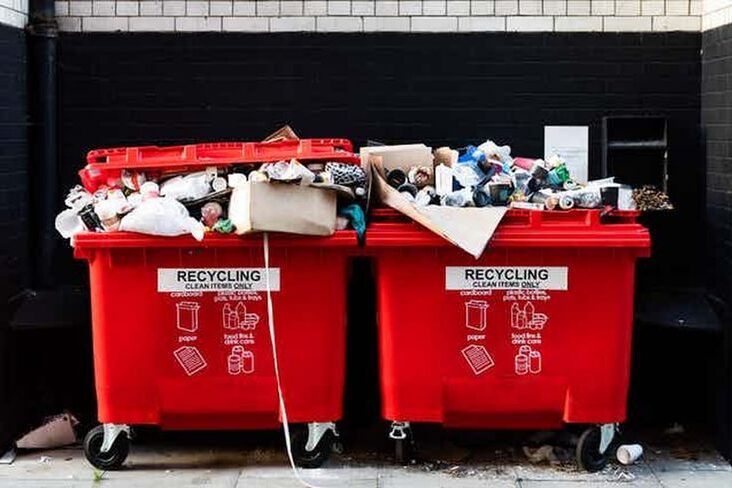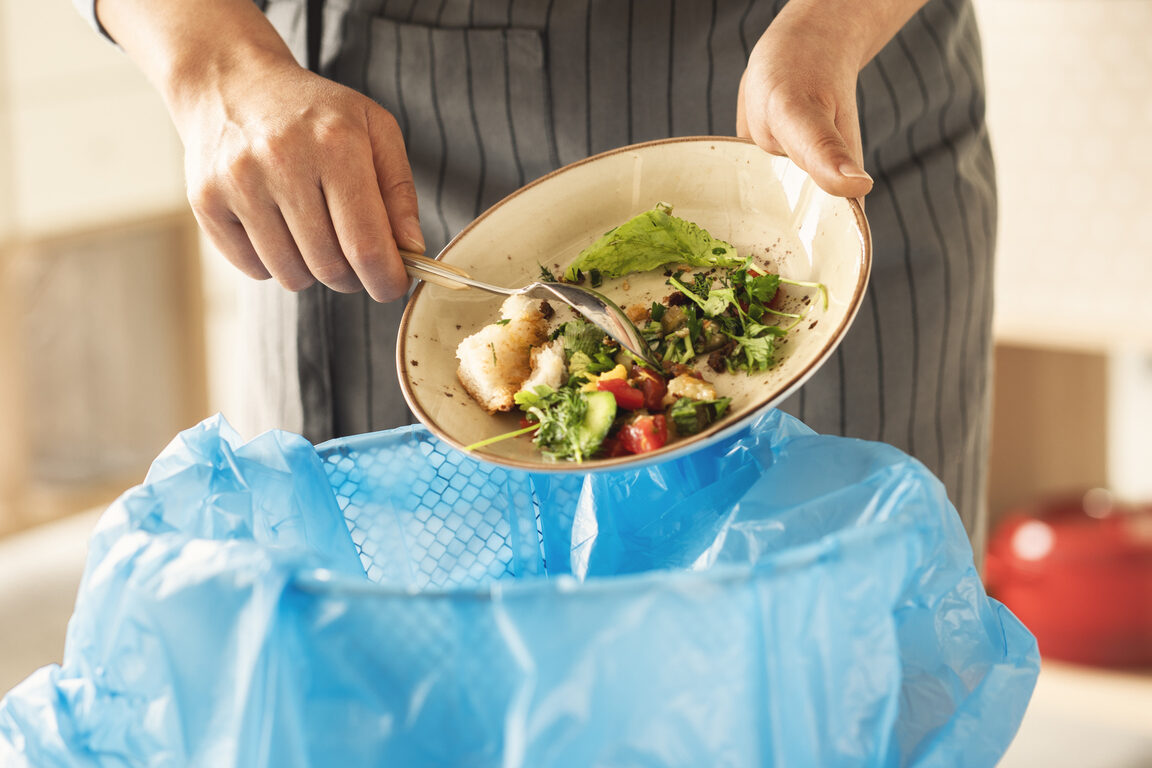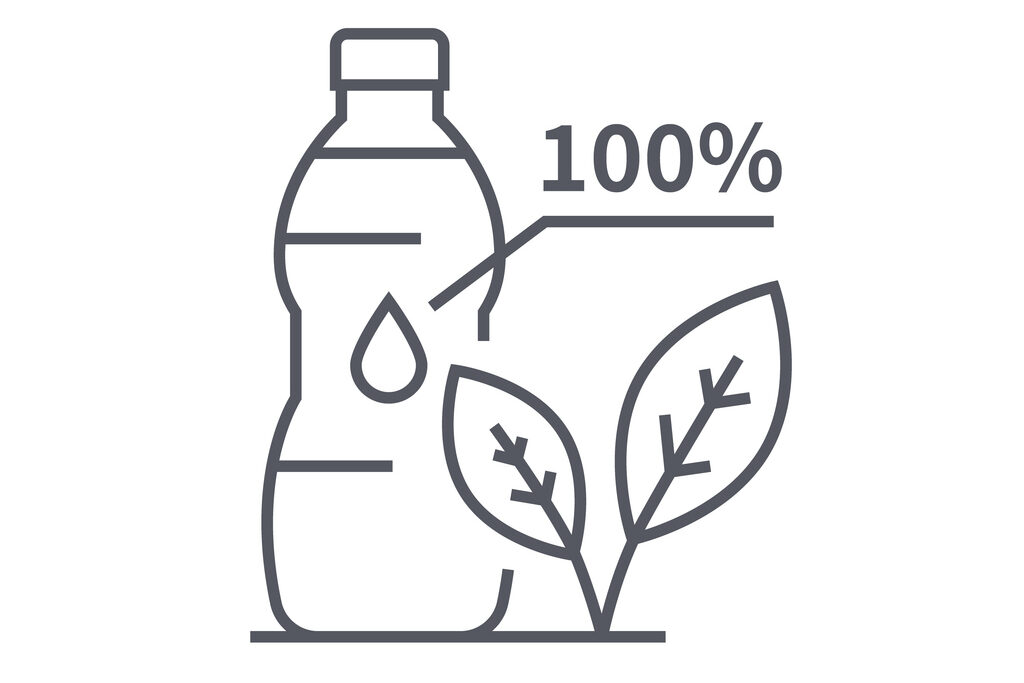1. Tossing Everything in the Recycling Bin

It feels satisfying to fill the blue bin with plastic bottles, takeout containers, and cardboard. But tossing everything in without checking can ruin the whole load. Items like greasy pizza boxes, plastic utensils, and soft plastics often don’t belong. They contaminate recyclables, meaning they all get dumped as trash instead. This practice, known as wishcycling, confuses well-meaning consumers and overburdens recycling systems across the country.
Only 32 percent of municipal solid waste in the U.S. was actually recycled in 2021. To do it right, we need to check local guidelines and clean items properly. Instead of guessing, take a moment to sort materials correctly. One small error can send an entire bin to the landfill, wasting time and effort. Real green habits require accuracy, not assumptions. The better we get at recycling right, the more impact our actions will truly have.
2. Using Reusable Bags for Everything Even When You Don’t Need Them
Reusable bags feel like the obvious sustainable choice, but they have their downsides. Cotton totes, for example, take a lot of water and energy to make. In fact, they require hundreds of uses to offset their production impact. Many people collect bags without using them enough, which defeats the purpose. Over time, this turns a helpful product into unnecessary waste.
Instead of stockpiling new totes, use the ones you already have again and again. Keep a couple in your car or backpack and only grab them when needed. For quick trips, consider skipping the bag altogether. Overconsumption, even of eco products, still drains resources. Thoughtful use, not just ownership, makes the difference. Real green living is about less, not just switching one material for another.
3. Choosing Paper Over Plastic Without Looking Deeper
Paper bags feel more eco-conscious because they seem natural and break down faster. But manufacturing paper is incredibly resource-intensive. It requires cutting down trees, using massive amounts of water, and consuming high energy. Some paper bags end up with a larger carbon footprint than plastic ones, especially when only used once before being tossed away.
To make paper bags sustainable, they need to be reused many times, which rarely happens. Worse still, when paper breaks down in a landfill without oxygen, it can emit methane, a powerful greenhouse gas. Instead of defaulting to paper, try reusing any kind of bag you already have. Focus on reduction, not just material swaps. The most sustainable bag is the one you use the most, not necessarily the one that looks the most eco-friendly.
4. Buying Products Labeled “Biodegradable”
Biodegradable packaging sounds like a guilt-free option, but it often doesn’t break down the way we imagine. Many biodegradable plastics only degrade in industrial composting facilities, which most areas in the U.S. don’t have. If tossed in regular trash, these items can sit for years without decomposing properly. The label makes us feel better, but the product may not perform as promised.
Some biodegradable materials also release microplastics or greenhouse gases during breakdown, especially in landfills. Look for compostable certifications like ASTM D6400 or BPI when shopping for greener alternatives. Even better, reduce single-use products altogether and stick to reusable items. Trusting a label without knowing the science can lead to more harm than good. Choose wisely and don’t let marketing lead your sustainability choices.
5. Tossing Food Waste in the Trash Instead of Composting

Throwing food scraps in the trash might seem harmless. After all, it’s just natural stuff, right? But in landfills, food waste breaks down without oxygen, producing methane, a greenhouse gas far more potent than carbon dioxide. In fact, landfills are one of the largest sources of methane emissions in the U.S., with discarded food as a major contributor.
Instead of tossing banana peels and eggshells in the bin, consider composting. Even if you don’t have a backyard pile, many cities now offer compost drop-offs or pickup services. Composting allows food to break down aerobically, which significantly reduces emissions. Plus, it turns waste into nutrient-rich soil. Making this switch is one of the most powerful ways to cut your carbon footprint without much effort.
6. Using “Green” Cleaning Products Without Checking the Ingredients
It’s easy to assume a product is eco-friendly because it’s labeled “green” or “natural.” But many cleaning brands use vague or unregulated terms to appeal to eco-conscious shoppers. These labels often hide harsh chemicals or synthetic fragrances that can harm indoor air quality and waterways when rinsed down the drain. Just because the bottle is green or has a leaf on it doesn’t mean it’s safe for the environment.
To make smarter choices, look for transparent ingredient lists and third-party certifications like EPA Safer Choice or Green Seal. Avoid vague claims and focus on specific formulations that reduce harm. Even better, try DIY options like vinegar and baking soda for simple cleaning jobs. It’s not about ditching all store-bought products but about questioning what’s really behind the label. True green living comes from informed decisions, not clever packaging.
7. Donating Everything Instead of Reducing First
Donating clothes and household items feels like a generous and eco-conscious habit. But donation centers often receive far more than they can process. Many items end up in landfills or are shipped overseas, where they can overwhelm local markets or pollute developing regions. In the end, simply donating doesn’t erase the environmental impact of overbuying or overconsumption.
The better approach is to reduce what you bring into your home in the first place. Shop less, buy quality items that last, and repair things when you can. Donation should be the last step, not the first. Being mindful about what you truly need is more sustainable than offloading excess stuff and hoping it ends up in the right place. Small shifts in buying habits can reduce waste before it ever starts, which is the most impactful green move you can make.
8. Driving a Hybrid or Electric Car Without Changing Driving Habits
Switching to a hybrid or electric vehicle is a step in the right direction, but it doesn’t automatically make driving eco-friendly. The environmental impact of any car still depends on how it’s used. Short trips, frequent acceleration, and unnecessary idling waste energy and wear out components faster, increasing the vehicle’s overall carbon footprint over time.
Real sustainability means rethinking how often we drive, not just what we drive. Walking, biking, or carpooling can have a much lower impact than solo trips in any kind of vehicle. Public transportation is also a powerful way to reduce emissions. Owning a hybrid or EV is great, but if you drive it like a gas guzzler, the environmental benefits shrink quickly. Green driving is about habits, not just hardware.
9. Buying Sustainable Products, You Don’t Actually Use
The thrill of buying bamboo toothbrushes, metal straws, or compostable phone cases can feel like doing your part. But eco products that gather dust or get tossed after one use aren’t any better than their conventional counterparts. Overconsumption in the name of sustainability still creates waste and uses resources, even if the items are labeled as environmentally friendly.
The most sustainable option is often the one you already own. Instead of impulse-buying the latest green gadget, take stock of what you have and how often you’ll use it. Buy less, use longer, and repair when you can. Real green living is less about replacing everything with sustainable versions and more about avoiding unnecessary purchases altogether. Minimalism and thoughtful consumption make a bigger impact than a basket full of trendy eco gear.
10. Drinking Bottled Water Labeled “Eco” or “Plant-Based”

Some bottled water brands advertise “plant-based” plastics or eco-friendly packaging, but the problem is the bottle itself. Even if the materials are slightly better, bottled water requires energy to produce, transport, and chill. Most bottles still end up in landfills or oceans, especially when local recycling systems can’t keep up. And “plant-based” plastics often don’t break down like true compostable materials.
A reusable water bottle is still the gold standard for reducing waste. Tap water in many U.S. cities is safe, regulated, and far cheaper. If you’re worried about quality, use a filter at home. Ditching bottled water, no matter how it’s packaged, cuts plastic use, saves money, and shrinks your carbon footprint in a meaningful way. One bottle a day adds up to hundreds a year. Imagine the ripple effect if millions of people stopped buying them altogether.
